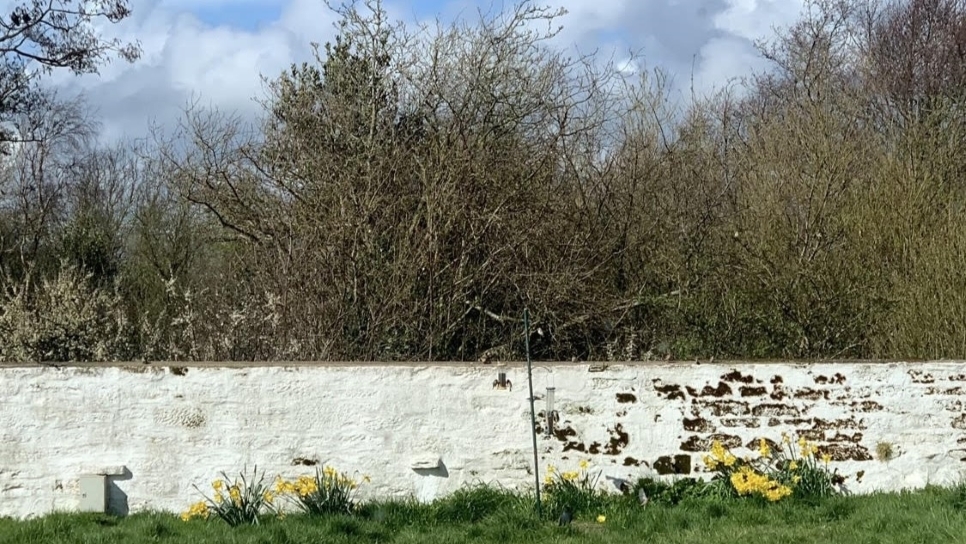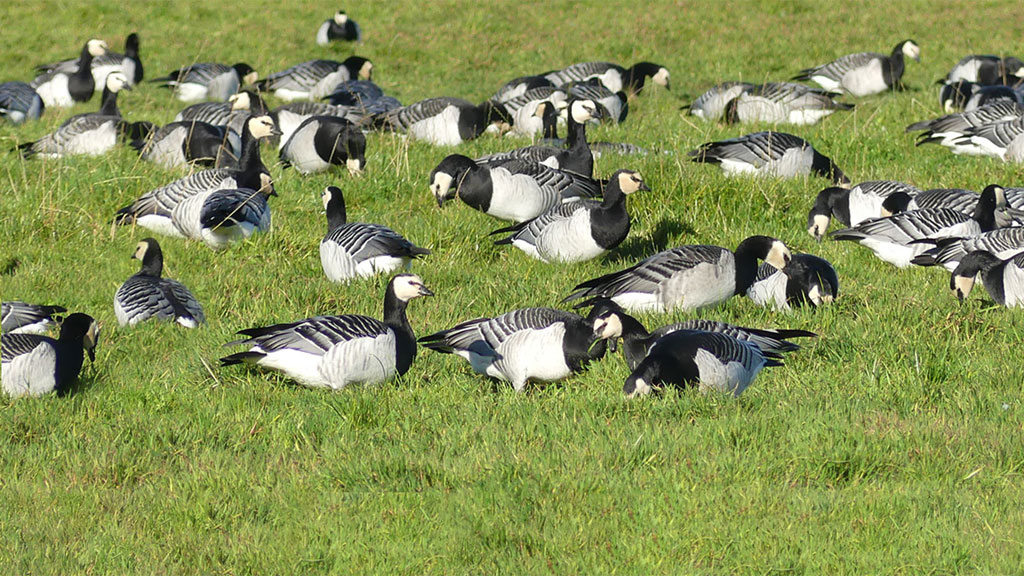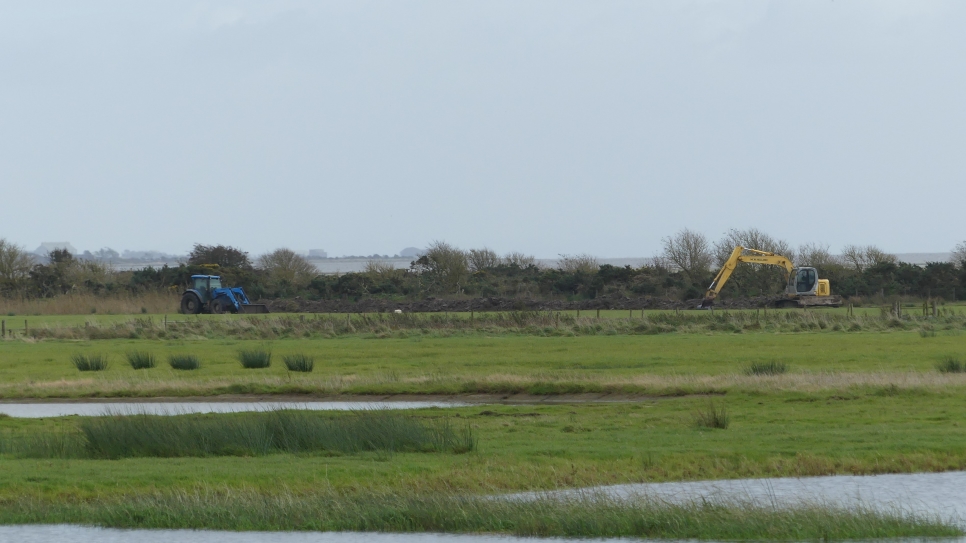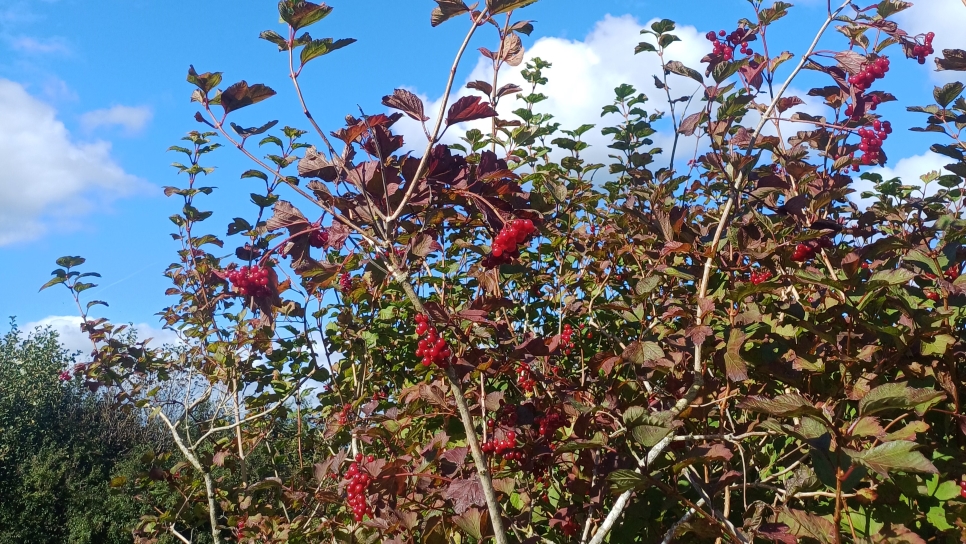What has Hippocrates got to do with Caerlaverock?

Although I work at a nature reserve, as a member of the visitor centre team, I find myself spending most of my time indoors in the office. My main daily interactions with nature are watering the office plants and gazing out the windows at the trees and bird feeders in the car park. It can be easy to feel disconnected from the natural environment when you are spending your time indoors but for many of us, being primarily indoors is our everyday reality. Government surveys show that the average UK adult spends around 90% of their time inside [1]. Thinking about my interactions with nature (or lack thereof) sparked a curiosity in me – while getting outdoors is obviously the best way of experiencing nature and its benefits, can we still gain something from experiencing nature while we are sat indoors?
The belief in, and study of, nature and its healing benefits has ancient foundations. The Ancient Greek physician, Hippocrates, focused a lot of his works on ‘vis medicatrix naturae’ – the healing power of nature – and wrote entire treatises, such as On Airs, Waters and Places, that speak on the importance of nature in the physical and mental healing processes of human beings. Through my research, I found many recent studies analysing the numerous benefits that nature can bring to people and they all drew to a very interesting conclusion: in many cases we receive almost exactly the same wellbeing effects from nature when viewing it from indoors as we do by being outside!
Scientific journal articles have been published showing that indoor nature exposure, such as looking at nature through windows or keeping indoor plants, has significant positive effects on stress levels, cognitive function, productivity and mental wellness [2]. Window views alone have been shown to reduce the activity of the sympathetic nervous system (your fight or flight response) and increase the activity of the parasympathetic (your relaxed ‘rest and digest’ state) [3]. Even when there is little to look at through a window, there are significant benefits to the simple act of letting in natural light. Artificial indoor lights and controlled temperatures can make us feel entirely disconnected from the current time of day and climate. Increasing the amount of natural light we are exposed to allows us to experience the changing light levels over time and even the seasonal changes with the gradual lengthening and shortening of the days, reconnecting us with the natural cycles of the Earth and helping regulate our own circadian rhythms.
Birdwatching, which can often be done as easily from indoors as out, is also a simple but important way of connecting with nature. Studies have linked seeing and hearing birds with improved mental wellbeing [4, 5], and there is definitely a noticeably meditative quality to watching birds and their behaviours. Birdwatching not only allows us to directly connect with our environment through observation of the birds themselves but also over time connects you to the changes of each season through the changing species visible at different times of year and seasonal behaviours such as nesting and fledging.
When you take the time to sit and observe the nature viewable from outside your window, it is amazing the spectacles you can see. In the last month alone, I’ve counted over 20 different bird species and seen spring hares (and one very speedy weasel!) running around outside the office. I’ve watched daffodils bloom in all their vibrant glory. I’ve seen the weather change hour by hour and the greenery become all the more verdant. Obviously, I am incredibly blessed to work on nature reserve that allows me to witness such a variety of wildlife but some element of nature can be seen from any outside window, from flora and fauna to something as simple as noticing the changes in light levels and length of each day. By connecting with nature in our everyday lives, no matter whether we are indoors or outdoors, not only will we receive a potential plethora of wellbeing and health benefits, but it continually reminds us that we are fundamentally part of our natural environment, underlining again that it is in the interests of everyone and everything that we continue to focus on helping and conserving the natural world.
Words and feature image by Rosie Siverns



